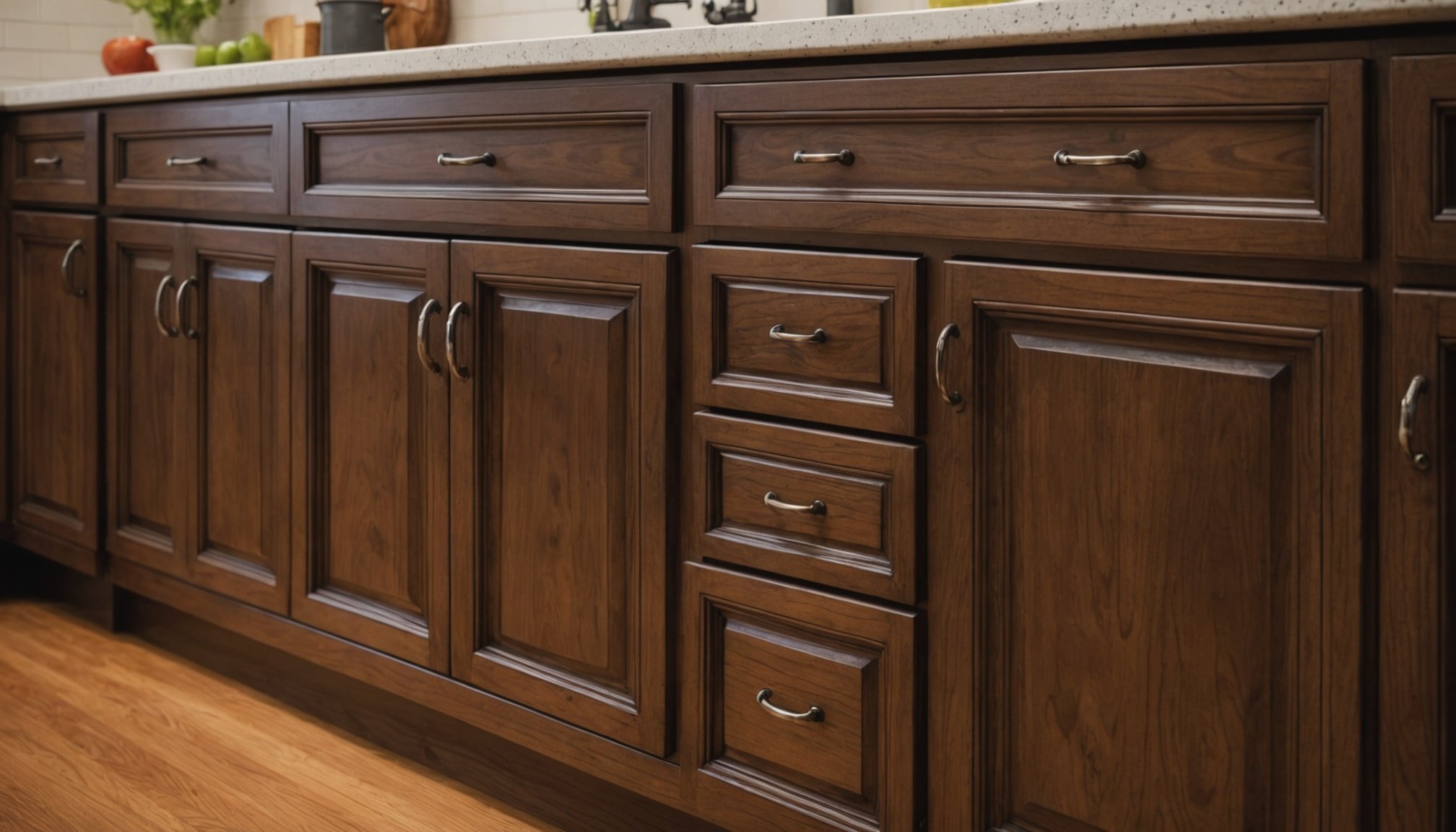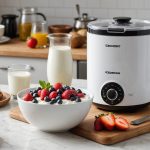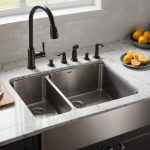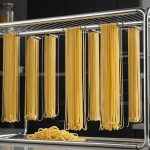Understanding the Importance of Kitchen Cabinet Handles
In the world of kitchen design, kitchen cabinet handles play a pivotal role not only in aesthetics but also in maintaining hygiene in kitchen spaces. With food preparation often creating a bustling, busy environment, these handles can become unwitting hubs for cross-contamination. Common sources of cross-contamination include touching raw meats and then handling cabinet doors without washing hands, thereby transferring germs.
According to statistics, kitchen surfaces are among the most contaminated areas, with cabinet handles being a significant contributor. It’s crucial to recognise the heightened risk in order to manage it effectively. Every day, even slight touches can unknowingly spread germs, compromising the hygiene in kitchen settings.
Also read : Selecting the perfect sink for an efficient kitchen: simplify meal cleanup and reduce food cravings
To minimise such risks, it’s essential to implement strategies that reduce contact with kitchen cabinet handles. Regular cleaning, using antimicrobial materials, and understanding handle designs that limit touchpoints can significantly improve safety. This not only supports food safety but also promotes a healthier kitchen environment overall.
Ultimately, awareness and action can collectively ensure that your kitchen remains a safe space, free from contamination. By prioritising these considerations, you can safeguard against the potential health hazards associated with everyday kitchen activities.
Also to read : Transform your kitchen with a yogurt maker: enjoy guilt-free indulgence and health benefits!
Material Considerations for Kitchen Cabinet Handles
Choosing the right handle materials for your kitchen cabinets is crucial for both style and function. Antibacterial materials have gained popularity, offering enhanced protection against germs and reducing the risk of cross-contamination.
Common Materials Used
Typical choices for cabinet handles include stainless steel, brass, and zinc. While these materials are durable, their maintenance and longevity differ. Stainless steel resists tarnishing and is easy to clean, whereas brass provides a classic aesthetic but requires regular polishing.
Benefits of Antibacterial Materials
Incorporating antibacterial materials into your kitchen design can significantly enhance cleanliness. These materials are specially treated to mitigate bacteria growth, ensuring improved hygiene in kitchen settings. Options like microbial silver-ion infused handles are becoming more accessible, offering peace of mind with minimal effort.
Durability and Maintenance
When considering durability in handles, stainless steel remains superior due to its corrosion resistance. Conversely, zinc is susceptible to wear but is generally more affordable. Maintenance-wise, each material’s longevity can be maximized with the appropriate care routine, ensuring they remain functional and aesthetically pleasing for longer.
Evaluating these aspects will guide you towards the most durable and hygienic kitchen cabinet handles, aligning with both your style preferences and the needs of a sanitary environment.
Handle Designs That Minimize Touch Points
In kitchens, minimizing touch points is crucial for reducing the risk of spreading germs. Handle designs play a significant role here. By focusing on function and ergonomics, these designs aim to limit the areas prone to touch, subsequently minimizing potential contamination vectors. One effective solution is touchless options. Automatic motion-sensor handles allow for contact-free operations, promoting a more hygienic environment. Using cutting-edge technology, these handles reduce the need for direct contact, preserving surfaces from germs and dirt.
Ergonomic designs also enhance safety and hygiene. These handles are shaped to fit comfortably in users’ hands, offering a seamless and intuitive grip with reduced effort. One notable feature is the integration of recessed pulls. These designs provide a cleaner aesthetic while reducing touchpoints, fostering smoother handling and easier cleaning.
When selecting kitchen cabinet handles, thoroughly consider these innovative handle designs. They not only elevate the usability of your space but also safeguard health by supporting a more sanitary kitchen environment. Adopting touchless and ergonomic designs reinforces everyday wellness and contributes greatly to maintaining hygiene.
Best Hygiene Practices for Kitchen Cabinet Handles
Maintaining hygiene practices in your kitchen is crucial, and handle cleaning plays a significant part. Regular cleaning of kitchen cabinet handles can drastically minimize cross-contamination risks and ensure sanitation in kitchens.
Implementing a consistent cleaning schedule is essential. Handles should ideally be wiped down daily with disinfectant wipes or sprays. The frequency depends on how often they are touched, particularly in busy household kitchens.
Recommended Sanitizing Products
To ensure effective sanitation in kitchens, use products containing alcohol or other proven bacteria-killing agents. Avoid abrasive cleaners which could damage handle finishes. Look for solutions specifically labeled for kitchen use, as they are formulated to target the typical bacteria found in such environments.
Cleaning cloths should be laundered regularly to prevent harbouring bacteria, and single-use wipes can be convenient for quick cleans.
Keeping a small caddy of cleaning supplies within easy reach in the kitchen encourages regular sanitation of the handles, supporting overall hygiene in the kitchen. By integrating these hygiene practices into your daily routine, you not only promote better health standards but also enhance the longevity and appearance of your kitchen cabinet handles.
Comparing Styles of Kitchen Cabinet Handles
When planning your kitchen design, choosing the right cabinet handle styles is essential for both aesthetics and functionality. Handle selection significantly impacts the overall look and practicality of your kitchen.
Modern vs. Traditional Styles
Modern kitchen handle styles often feature sleek, minimalistic designs, aligning with contemporary trends. These handles not only add a touch of sophistication but also tend to be easier to clean. On the other hand, traditional handle designs bring timeless elegance, often incorporating intricate detailing. While these may require more maintenance, they add a nostalgic charm that many homeowners find appealing.
Pulls vs. Knobs
Deciding between pulls and knobs involves considering both hygiene and practicality. Pulls offer a larger surface area for ease of use, which might reduce frequent touch during cooking. In contrast, knobs are typically smaller, which could concentrate touchpoints but allow easier integration into varied styles. Ultimately, user preference and functionality dictate the best choice.
User Testimonials
Real-life experiences from users highlight that the choice of kitchen handle styles can profoundly influence kitchen hygiene and usability. Many find that selecting handles complementary to their kitchen style significantly enhances satisfaction. Understanding these preferences helps in making informed decisions for your kitchen design.











